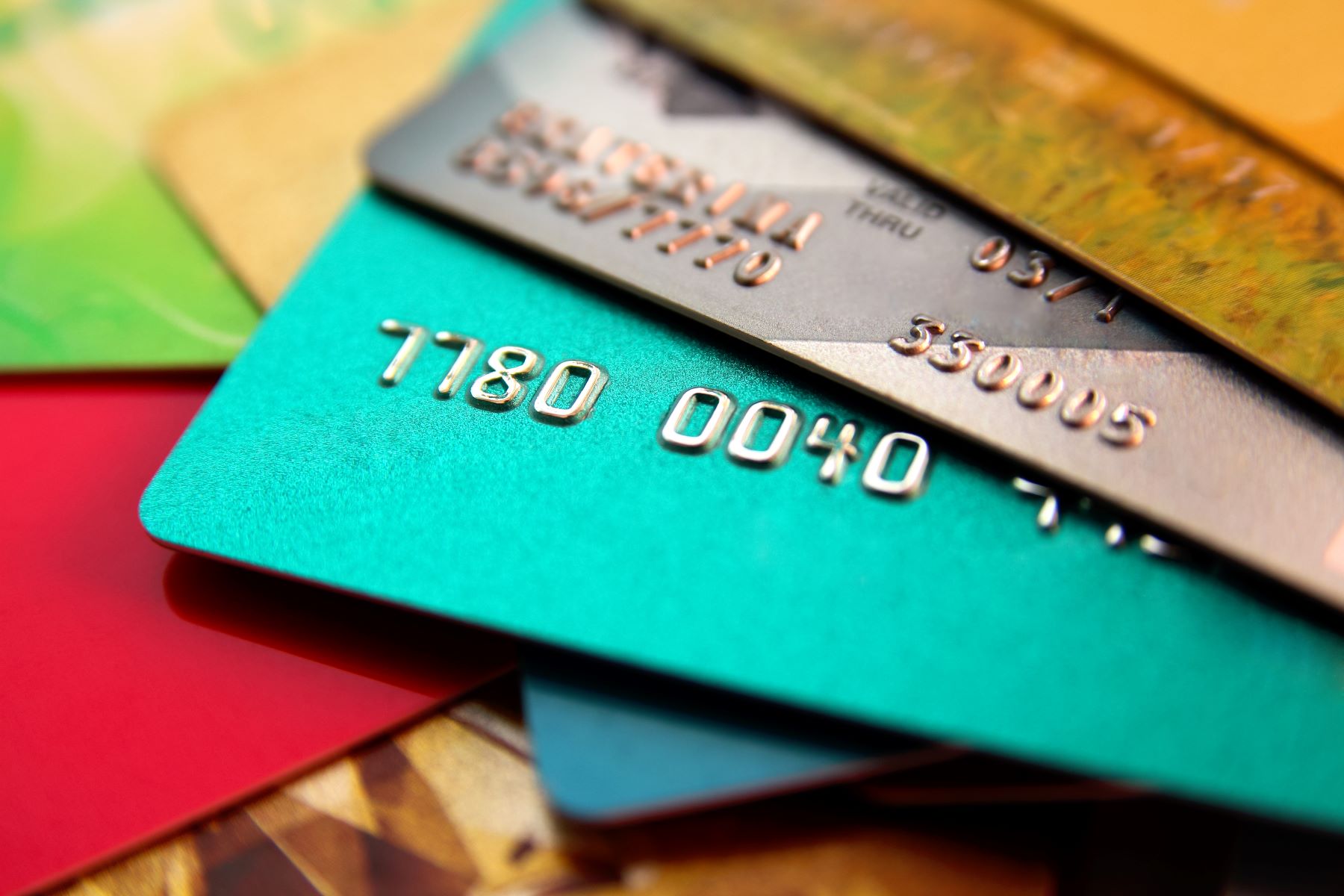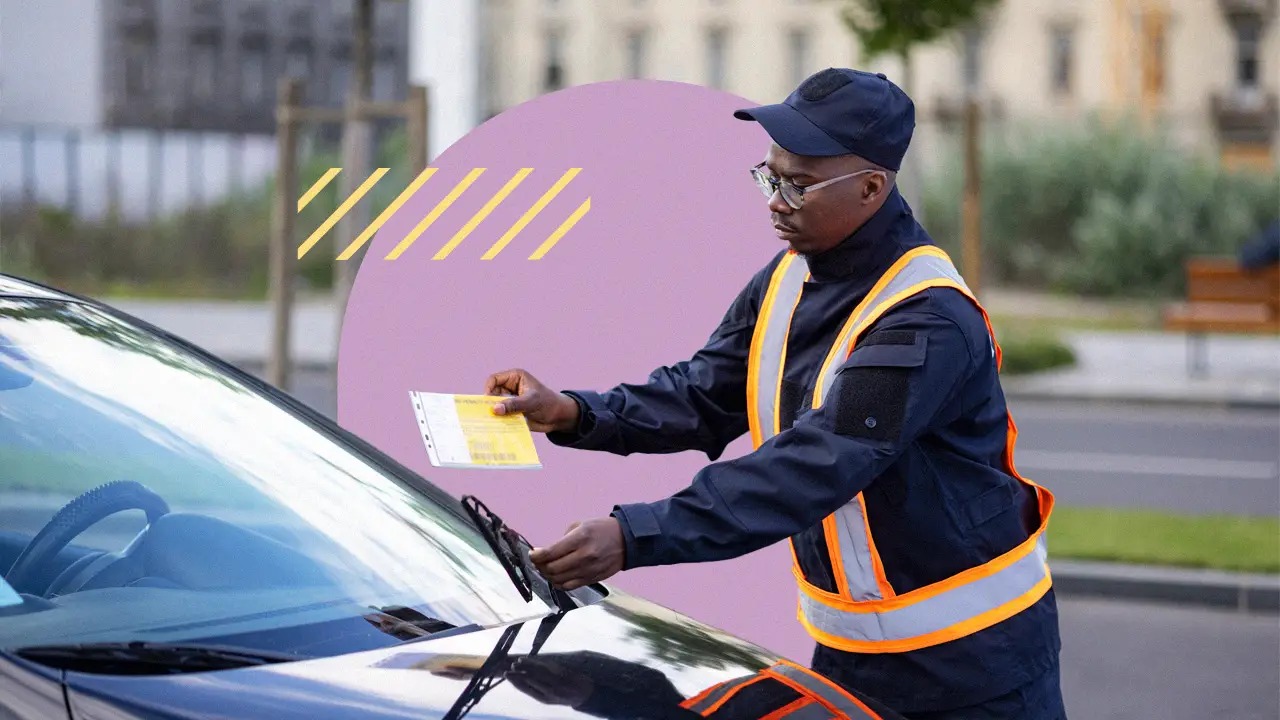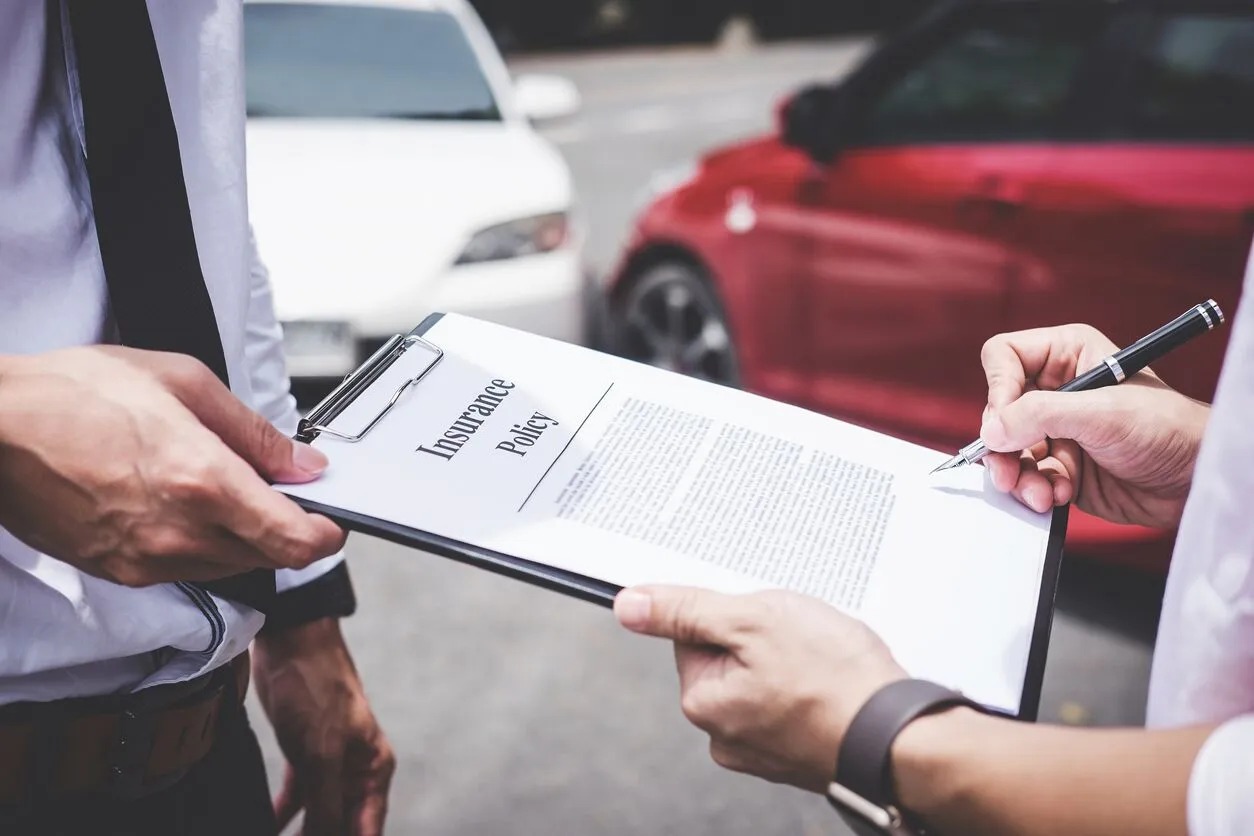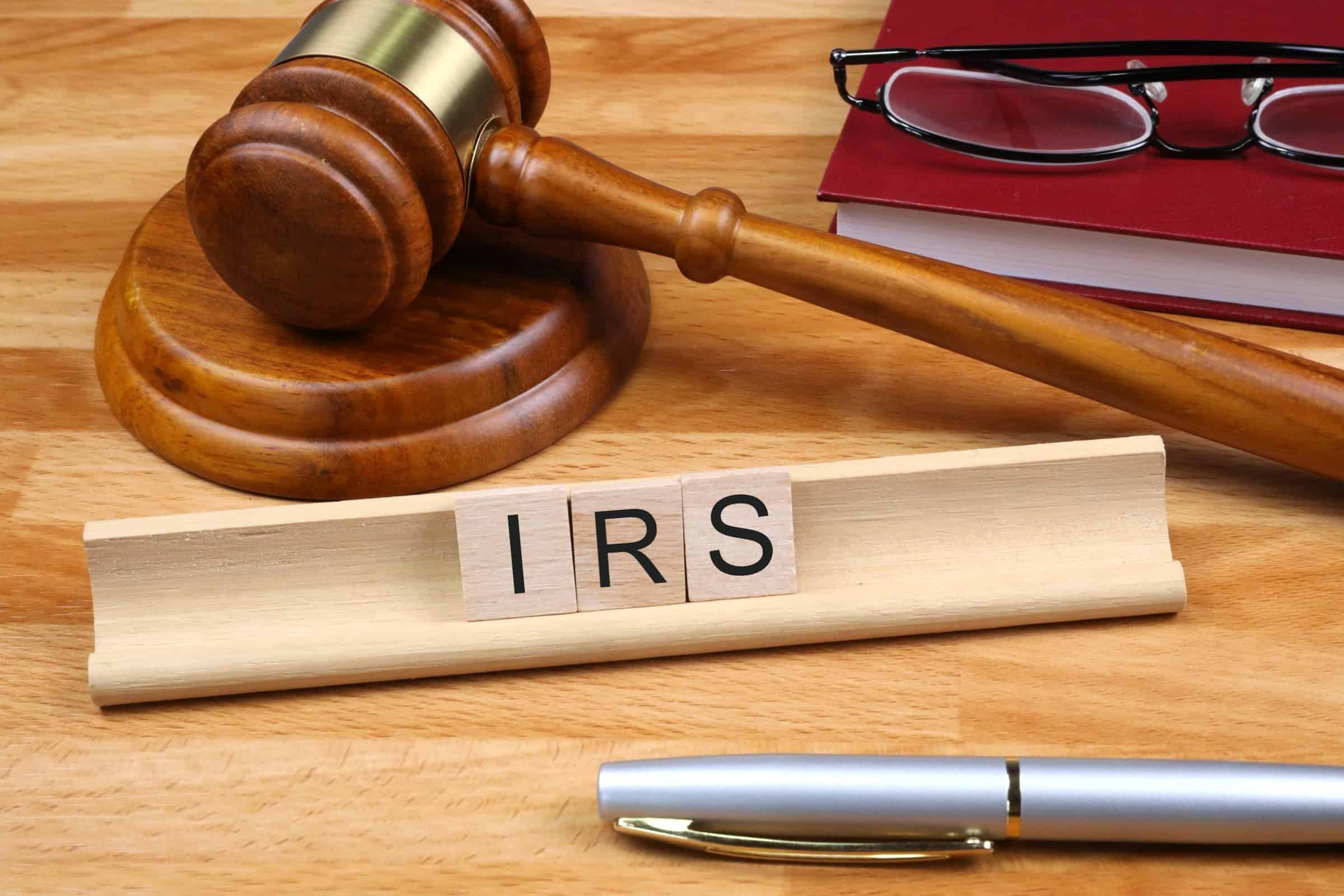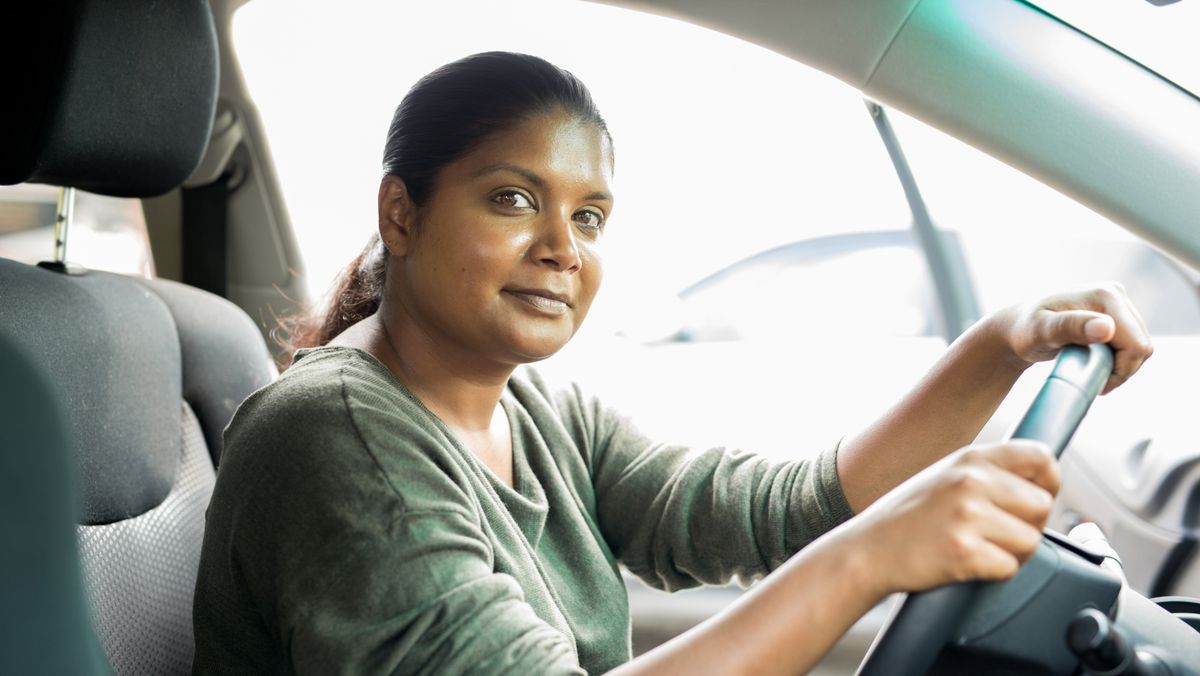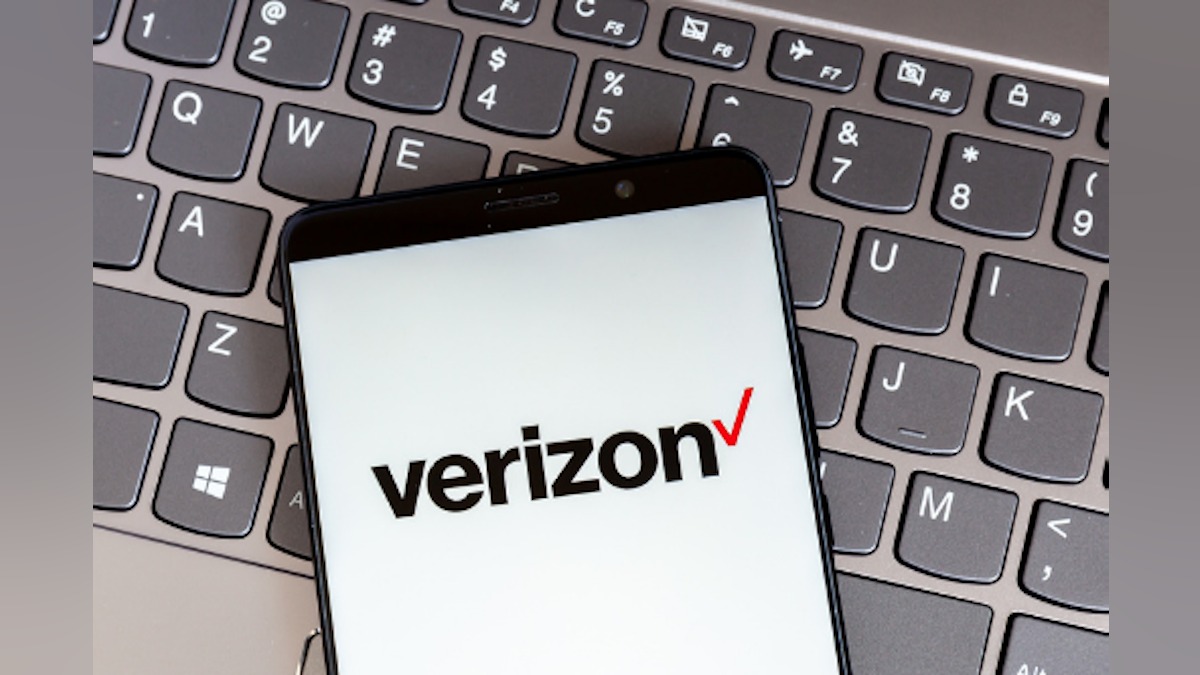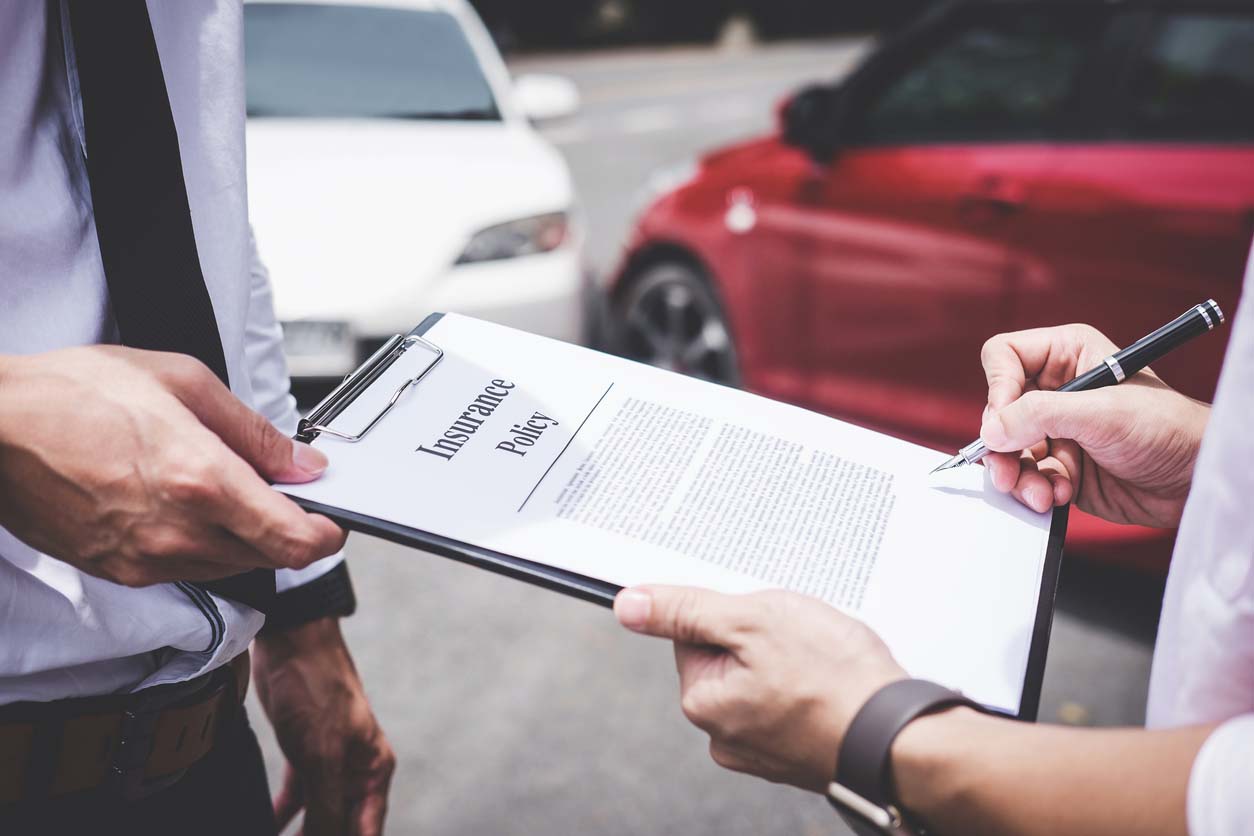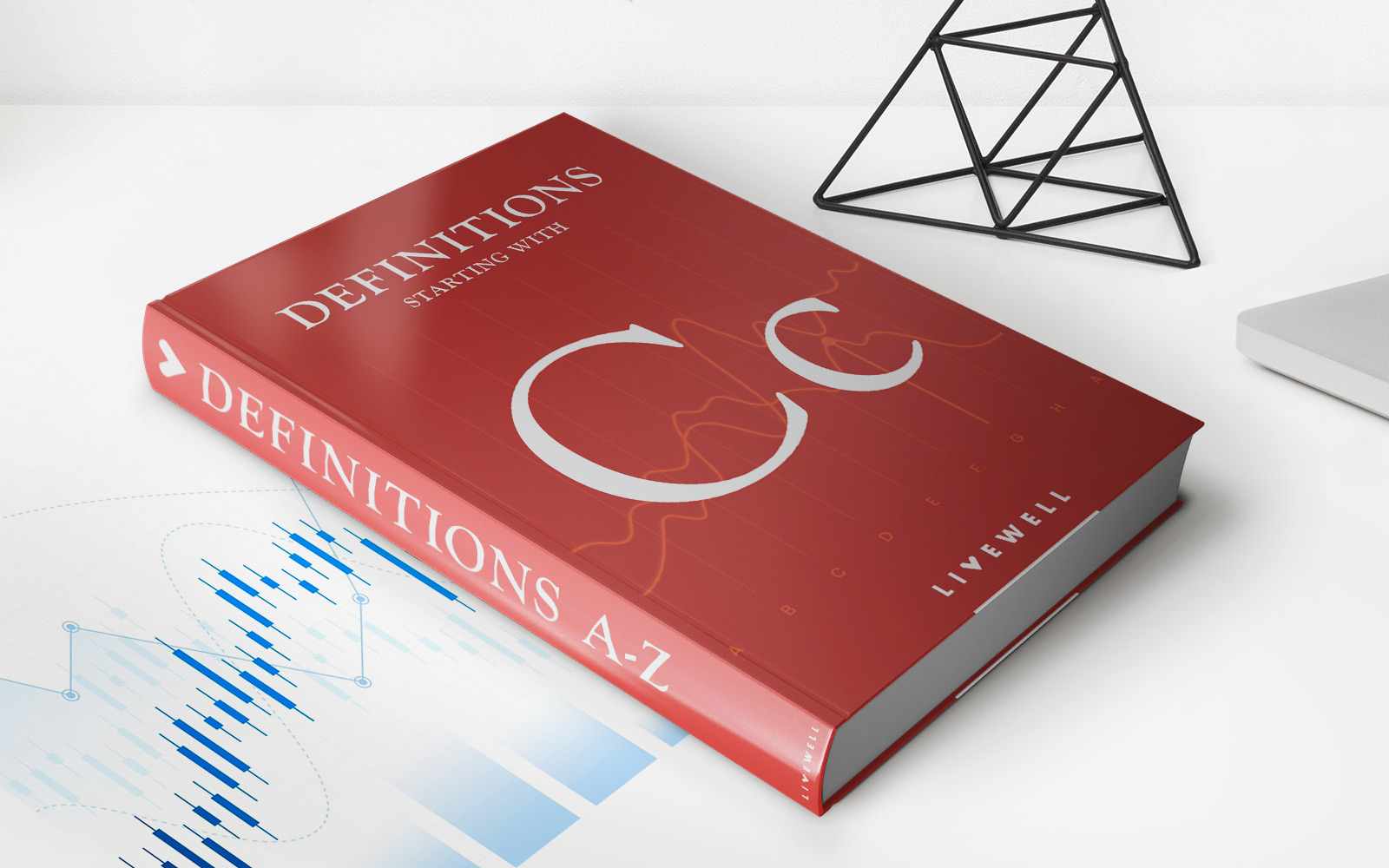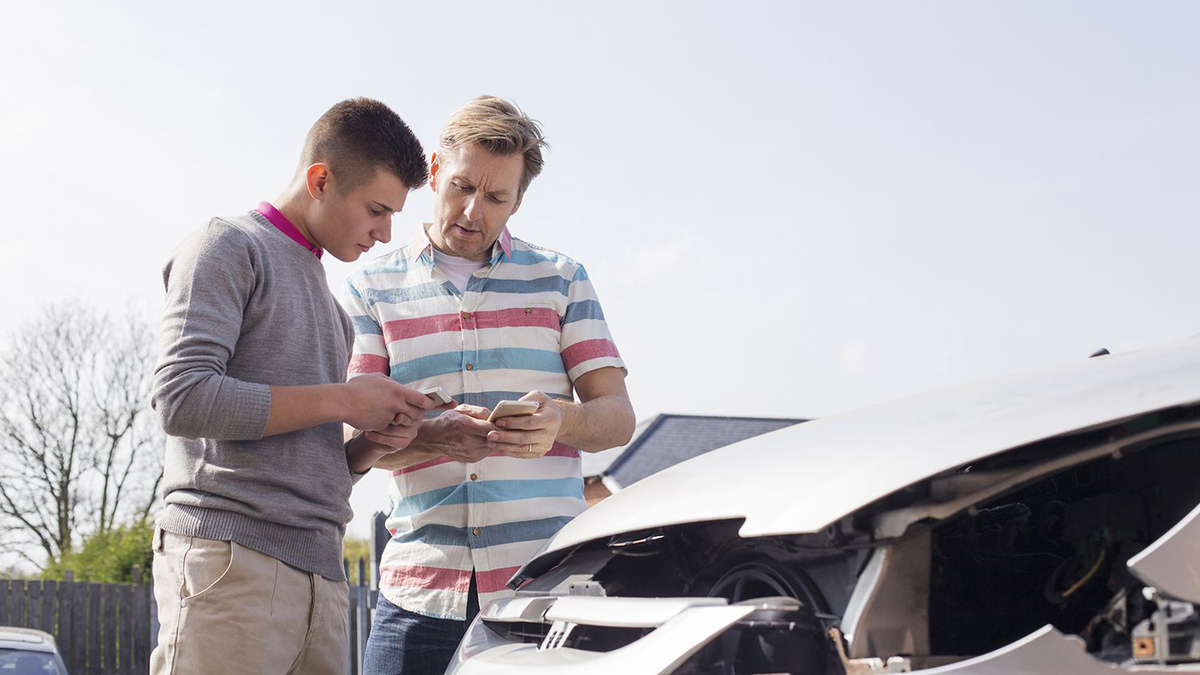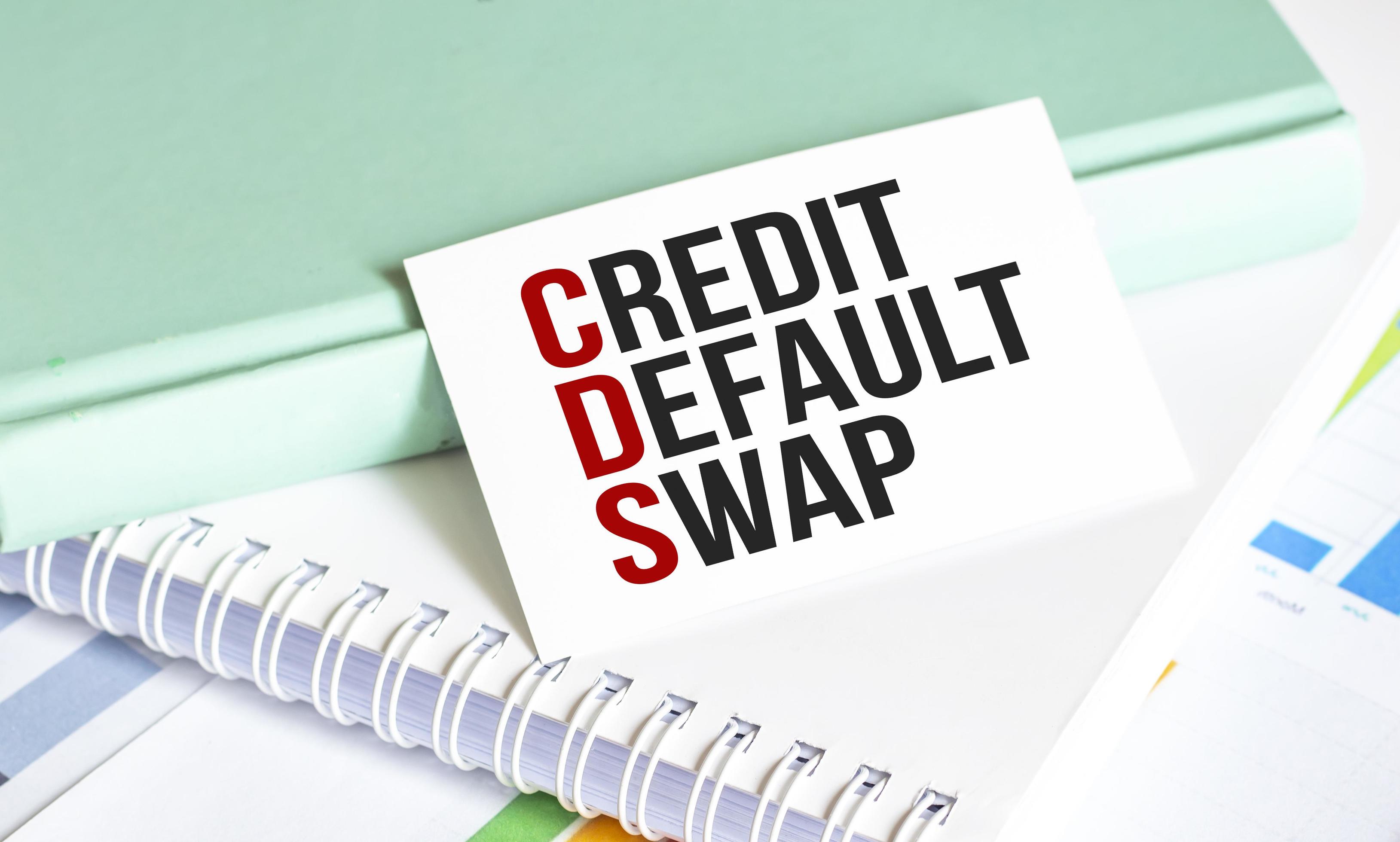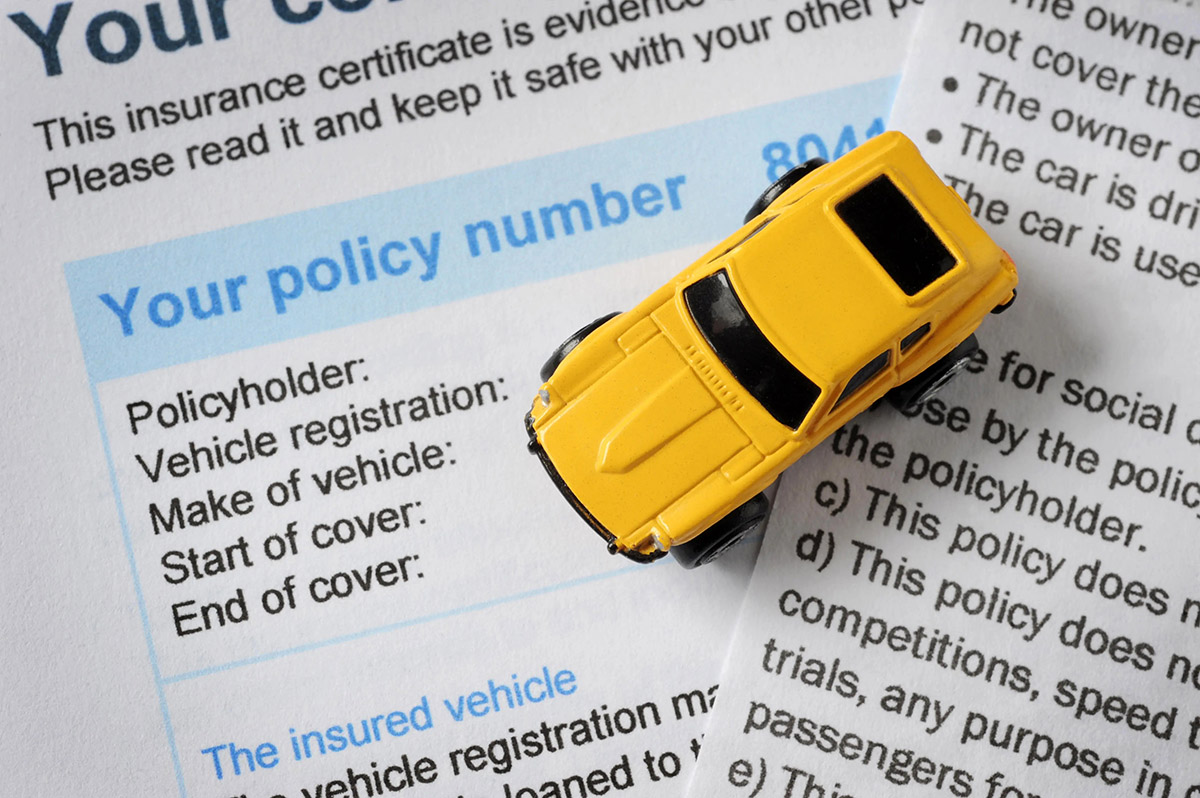

Finance
How To Find Out If A Car Has Insurance
Published: November 19, 2023
Discover how to determine if a vehicle is insured with our helpful guide. Get peace of mind with this finance-related information.
(Many of the links in this article redirect to a specific reviewed product. Your purchase of these products through affiliate links helps to generate commission for LiveWell, at no extra cost. Learn more)
Table of Contents
- Introduction
- Understanding the Importance of Car Insurance
- Methods to Check if a Car Has Insurance
- Contacting the Car Insurance Provider
- Using Online Insurance Databases
- Contacting the Department of Motor Vehicles (DMV)
- Checking the Insurance Card in the Vehicle
- Consulting with a Lawyer or Insurance Agent
- Conclusion
Introduction
Car insurance is a vital aspect of owning and driving a vehicle. It provides financial protection in the event of an accident, theft, or damage to your car. While it is a legal requirement in most countries, there are still instances where vehicles may not have insurance coverage. This can be due to various reasons, such as policy lapses, expired coverage, or even fraudulent activities.
As a responsible driver, it is crucial to know whether a car has insurance before getting behind the wheel. This not only ensures that you are compliant with the law but also protects you from potential liability and financial burdens in case of an accident involving an uninsured vehicle.
In this article, we will explore the different methods you can use to find out if a car has insurance. Whether you are considering purchasing a used vehicle or simply want to verify the insurance coverage of another driver, these methods will help you make informed decisions and protect yourself from unnecessary risks.
Understanding the Importance of Car Insurance
Car insurance serves as a safety net, providing financial protection and peace of mind for drivers. It is not just a legal requirement in most countries, but also a key component of responsible vehicle ownership. Here are some reasons why car insurance is essential:
- Financial Protection: Car accidents can result in expensive repairs, medical bills, and legal liabilities. With the right car insurance coverage, you can minimize or eliminate these financial burdens by transferring the risk to the insurance provider.
- Property Damage Coverage: Car insurance typically includes coverage for any damage caused to another person’s property, such as their vehicle or property. This coverage ensures that you are protected from costly repairs or replacement expenses for someone else’s belongings.
- Medical Expenses Coverage: In the unfortunate event of an accident, car insurance can help cover the medical expenses of the individuals involved. This includes hospital bills, doctor’s fees, and rehabilitation costs.
- Liability Coverage: Car insurance also provides liability coverage, which protects you from legal claims and lawsuits brought against you by another party. If you are at fault in an accident, your insurance can help cover the damages and legal fees associated with the claim.
- Uninsured/Underinsured Motorist Coverage: Not all drivers on the road carry the required insurance coverage. In the event of an accident involving an uninsured or underinsured driver, your car insurance can provide coverage for your own medical expenses and vehicle repairs.
- Peace of Mind: Car insurance offers peace of mind and reduces stress by knowing that you have financial protection in case of an accident. It allows you to focus on driving safely without worrying about the potential financial consequences of an unforeseen event.
By understanding the importance of car insurance, you can see why it is vital to verify whether the car you are driving or considering purchasing is adequately insured. This ensures you are protected financially and legally, giving you the confidence to hit the road with peace of mind.
Methods to Check if a Car Has Insurance
It is crucial to verify whether a car has insurance coverage before driving it or purchasing it. Here are several methods you can use to check if a car has insurance:
- Contacting the Car Insurance Provider: One of the most straightforward ways to determine if a car has insurance is by contacting the insurance company directly. Provide them with the vehicle’s details, such as the license plate number and VIN (vehicle identification number), and they will be able to confirm if the car is insured. Keep in mind that some insurance companies may have privacy policies in place and may not disclose this information to you directly.
- Using Online Insurance Databases: There are several online insurance databases available that allow you to search for information on a specific vehicle’s insurance status. These databases compile information from insurance providers and can provide you with details such as the insurance company, policy number, and coverage dates. Keep in mind that accessing these databases may require a small fee or a subscription to the service.
- Contacting the Department of Motor Vehicles (DMV): Another option is to contact your local Department of Motor Vehicles (DMV) or equivalent government agency. They can help you determine if a car is insured by accessing their database of registered vehicles and insurance information. Provide them with the necessary details, such as the license plate number or VIN, and they will be able to assist you in verifying the insurance status of the vehicle.
- Checking the Insurance Card in the Vehicle: When you are considering purchasing a used car, requesting to see the insurance card can provide you with immediate confirmation of the vehicle’s insurance status. The insurance card will typically indicate the insurance company, policy number, and expiration date. Ensure that the card is valid and the information matches the details provided by the seller.
- Consulting with a Lawyer or Insurance Agent: If you are unsure about the insurance status of a vehicle or need legal advice regarding insurance matters, it is advisable to consult with a lawyer or insurance agent. They have the expertise to help you navigate through the complexities of insurance policies and can provide guidance on how to verify the insurance coverage of a car.
By utilizing these methods, you can obtain the necessary information to confirm whether a car has insurance coverage. It is crucial to ensure that the vehicle is adequately insured before driving it to avoid any potential legal or financial repercussions in case of an accident.
Contacting the Car Insurance Provider
One of the most direct ways to find out if a car has insurance is to contact the car insurance provider directly. By reaching out to the insurance company, you can confirm the insurance details of a specific vehicle. Here is a step-by-step guide on how to go about it:
- Gather the necessary information: Before contacting the insurance provider, make sure you have the vehicle’s details, such as the license plate number, VIN (vehicle identification number), and any other relevant information. This will help the insurance company locate the specific car in their records.
- Find contact information: Look for the contact details of the car insurance provider. It can typically be found on their website, insurance policy documents, or insurance card. If you are unable to find the contact information, you can try searching online or contact your local insurance regulatory authority for assistance.
- Contact the insurance provider: Reach out to the insurance company via phone or email. Inform them that you would like to verify the insurance status of a particular vehicle. Be prepared to provide the necessary vehicle details for them to locate the information in their database.
- Provide required information: When contacting the insurance provider, be ready to answer any questions they may have to verify your identity and authorization to access the information. As a third party, they may have certain privacy policies in place and may not disclose all the details, but they can confirm whether the car is insured or not.
- Receive confirmation: After providing the necessary information, the insurance provider will confirm whether the car is insured and provide you with the relevant details. This may include information such as the insurance company, policy number, coverage dates, and any exclusions or limitations.
- Document the information: Keep a record of the information provided by the insurance provider. This documentation can serve as proof of insurance if required in the future.
Contacting the car insurance provider directly is a reliable method to find out if a car has insurance. However, keep in mind that privacy policies may limit the information they disclose to third parties. If the car owner does not provide you with the necessary details, you may need to explore alternative methods to verify the insurance status.
Using Online Insurance Databases
Another effective method to check if a car has insurance is by utilizing online insurance databases. These databases compile information from various insurance providers and allow you to search for details about a specific vehicle’s insurance coverage. Here’s how to use online insurance databases:
- Choose a reputable online insurance database: There are several online insurance databases available, so it’s important to select a trusted and reliable platform. Look for databases that have a good reputation and positive user reviews.
- Access the online insurance database: Visit the website of the chosen online insurance database. Some websites may require you to register an account or pay a small fee to access their services.
- Enter the required information: Enter the details of the car you wish to check in the search fields provided. This typically includes the license plate number, VIN (vehicle identification number), or other identifying information.
- Submit the search query: Once you have entered the necessary information, submit the search query and wait for the database to retrieve the results.
- Review the search results: The online insurance database will display the search results, which may include information about the insurance company, policy number, coverage dates, and other relevant details. Take note of this information for future reference.
- Interpret the results and verify coverage: Carefully review the search results and ensure that the insurance coverage is active and up to date. Double-check the information to ensure accuracy.
- Consider limitations and exclusions: Keep in mind that online insurance databases may not provide a complete picture of the insurance coverage. Certain limitations or exclusions might not be listed in the results. If you have any doubts or need more specific information, it is advisable to contact the insurance provider directly.
Using online insurance databases can be a convenient and efficient way to check if a car has insurance. However, it’s important to remember that not all databases may have access to comprehensive or up-to-date information. Therefore, it is always a good idea to verify the insurance coverage by cross-referencing the information with the insurance provider or other reliable sources if needed.
Contacting the Department of Motor Vehicles (DMV)
If you’re looking to find out if a car has insurance, another reliable method is to contact the Department of Motor Vehicles (DMV) or the equivalent government agency in your jurisdiction. The DMV maintains a database of registered vehicles and insurance information, making it a valuable resource for checking the insurance status of a car. Here’s how you can contact the DMV:
- Locate the contact information: Visit the website of your local DMV or government agency responsible for vehicle registration and insurance. Look for their contact information, which is typically listed on their website or available through a phone directory.
- Prepare the necessary details: Before contacting the DMV, gather the essential information about the vehicle, such as the license plate number, VIN (vehicle identification number), or any other identifying information they may require for the search.
- Contact the DMV: Reach out to the DMV through their provided phone number or email address. Inform them that you would like to check the insurance status of a specific vehicle and provide them with the requested details.
- Follow their instructions: The DMV may have specific procedures or forms to fill out for insurance status inquiries. Follow their instructions and provide all the necessary information according to their requirements.
- Wait for a response: After submitting your inquiry, wait for the DMV to process your request. Depending on the workload and procedures of the DMV, it may take some time to receive a response.
- Review the response: Once you receive a response from the DMV, review the information provided. It should indicate whether the car in question has insurance coverage or not. Take note of the details for future reference, such as the insurance company, policy number, and coverage dates.
- Consider limitations and exclusions: Keep in mind that the information provided by the DMV may not include all the specifics of the insurance coverage. Certain limitations or exclusions may not be listed in the response. If you require more detailed information, consider reaching out to the insurance provider directly.
Contacting the DMV can be a reliable way to check the insurance status of a car. They have direct access to the vehicle and insurance information, ensuring accurate and up-to-date results. However, the response time may vary, so it’s essential to be patient when awaiting their reply.
Checking the Insurance Card in the Vehicle
When you are considering purchasing a used car or want to verify the insurance coverage of a vehicle, one of the simplest and immediate methods is to check the insurance card inside the car. The insurance card typically contains important information about the vehicle’s insurance coverage. Here’s how you can check the insurance card:
- Request to see the insurance card: If you are planning to purchase a used car and want to confirm its insurance status, ask the seller or owner to show you the insurance card. The insurance card is typically kept in the glove compartment, along with other important documents.
- Inspect the insurance card: Once you have the insurance card in your hand, carefully examine it. The card usually includes essential information such as the insurance company’s name, policy number, effective dates, and coverage details. Ensure that the information on the card matches the details provided by the seller.
- Check for validity: Verify the expiration date on the insurance card to ensure that the coverage is currently active. An expired insurance card indicates that the vehicle may not have current insurance coverage.
- Confirm the insurance company: Take note of the insurance company’s name listed on the card. This information can be used to contact the insurance provider directly if needed.
- Compare with other documents: If the seller provides any additional documents related to the vehicle’s insurance, such as policy documents or renewal notices, compare the information on these documents with the details on the insurance card to ensure consistency.
- Consider limitations and exclusions: Keep in mind that the insurance card may not provide a complete picture of the insurance coverage. Certain limitations, exclusions, or additional policies associated with the insurance may not be listed on the card. If you have any doubts or require more specific information, consider contacting the insurance provider directly.
Checking the insurance card in the vehicle can provide you with immediate confirmation of the insurance coverage. However, it is important to remember that the card might not provide all the specific details of the insurance policy. For a more comprehensive understanding of the coverage, consider contacting the insurance company or exploring other verification methods.
Consulting with a Lawyer or Insurance Agent
If you encounter difficulties in verifying the insurance status of a car or require expert advice regarding insurance matters, consulting with a lawyer or insurance agent can be an invaluable resource. These professionals have expertise in insurance policies and can provide guidance on how to verify the insurance coverage of a vehicle. Here’s how they can assist you:
- Locate a reputable lawyer or insurance agent: Look for a lawyer specializing in insurance law or an insurance agent who is knowledgeable about car insurance policies. Seek recommendations from friends, family, or trusted resources, or conduct online research to find reputable professionals in your area.
- Share the details of the car: Contact the lawyer or insurance agent and explain your situation. Provide them with the necessary information about the car, such as the license plate number, VIN (vehicle identification number), and any other details that could aid in verifying the insurance coverage.
- Seek guidance on verifying insurance coverage: Ask the lawyer or insurance agent for their advice on the best methods to verify the insurance coverage of the car. They can provide insights into industry practices, recommend reliable databases or resources, or suggest alternative approaches to confirm the insurance status.
- Request legal assistance, if needed: If you encounter any legal difficulties related to insurance or suspect fraudulent activities, the lawyer can guide you through the relevant legal processes. They can help you understand your rights, assist in filing claims, or represent you in legal proceedings if necessary.
- Ask for policy interpretation: If you have access to insurance policy documents related to the car, the lawyer or insurance agent can help interpret the terms, conditions, and coverage specifics. They can clarify any confusing or ambiguous sections and ensure that you have a clear understanding of the insurance policy.
- Consider the professional’s fees: Keep in mind that lawyers and insurance agents may charge fees for their services. Discuss their fees upfront and clarify any potential costs before proceeding with their assistance.
Consulting with a lawyer or insurance agent can provide valuable insights and expertise when it comes to verifying the insurance coverage of a car. Their knowledge and understanding of insurance policies can help ensure that you have accurate information and make informed decisions regarding the vehicle in question.
Conclusion
Verifying the insurance coverage of a car is essential to ensure legal compliance and protect yourself from potential financial liability. By utilizing the methods mentioned in this article, you can confidently determine if a car has insurance before driving it or making a purchase. Here’s a quick summary of the methods discussed:
- Contacting the car insurance provider directly to confirm the insurance status.
- Using online insurance databases to access information from various insurance providers.
- Contacting the Department of Motor Vehicles (DMV) for information on registered vehicles and insurance coverage.
- Checking the insurance card inside the vehicle for immediate confirmation of insurance coverage.
- Consulting with a lawyer or insurance agent for expert guidance on verifying insurance coverage and understanding policy details.
Remember, car insurance is not just a legal requirement; it provides financial protection and peace of mind. Understanding the importance of car insurance and verifying the insurance status of a vehicle can help you drive responsibly and protect yourself from unnecessary risks.
While these methods are effective, it’s important to keep in mind that there may be limitations and variations in the information obtained. Some databases may not be comprehensive, and insurance providers may have privacy policies limiting the information they disclose. Therefore, it’s advisable to cross-reference the information obtained through multiple methods and if in doubt, contact the insurance provider directly for confirmation.
By taking the time to verify the insurance coverage of a car, you can drive with confidence, knowing that you are adequately protected in the event of an accident or other unforeseen circumstances. Stay informed and prioritize safety on the road.
